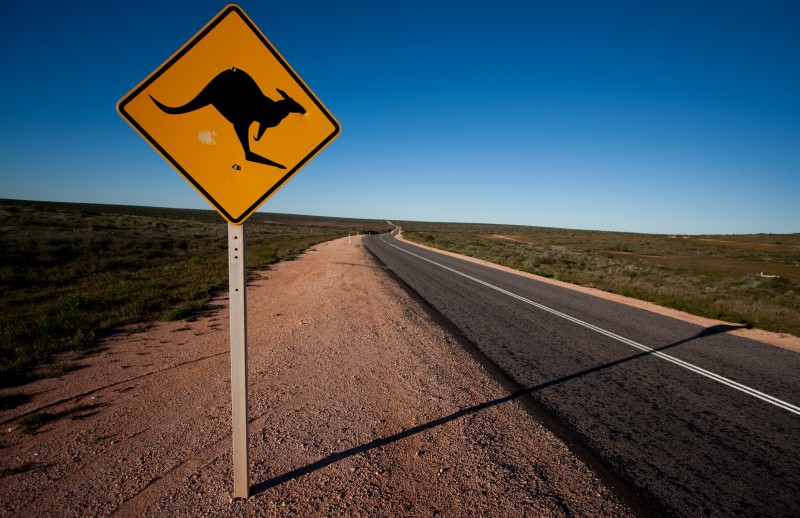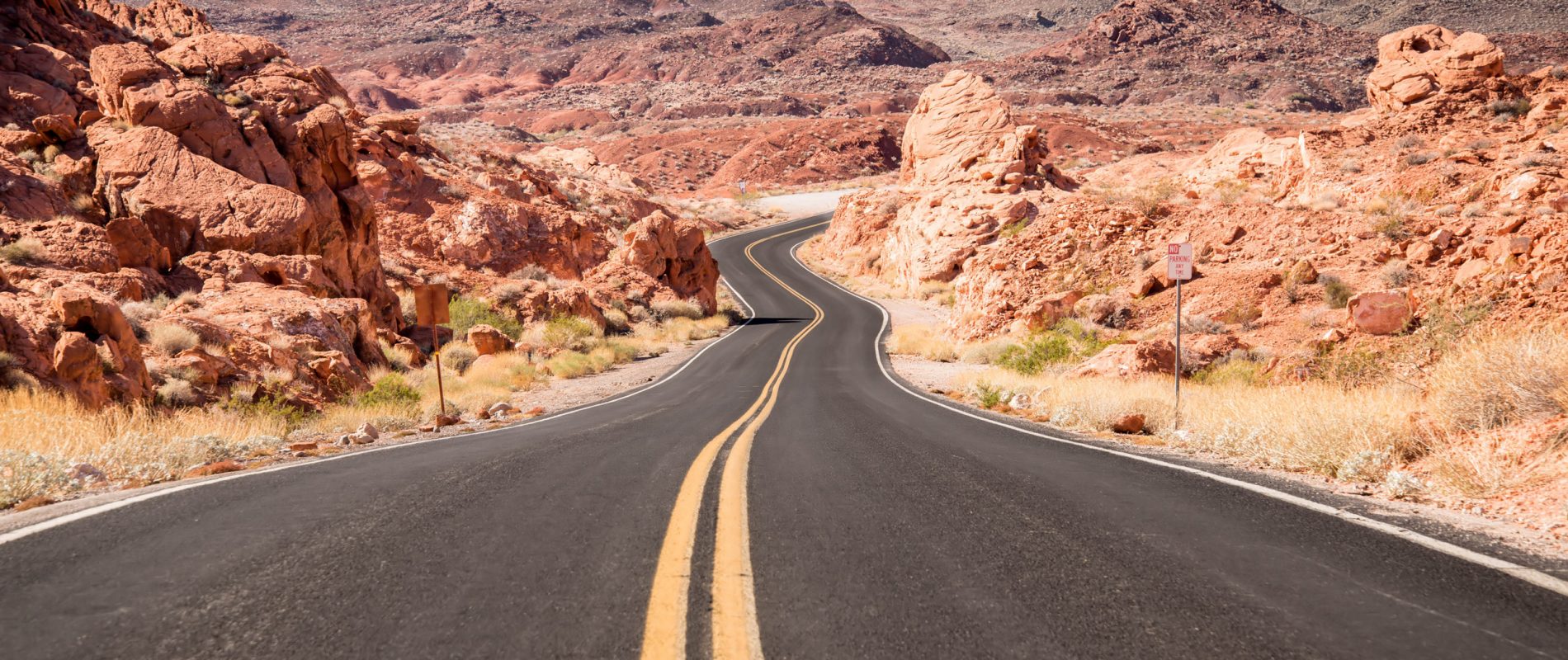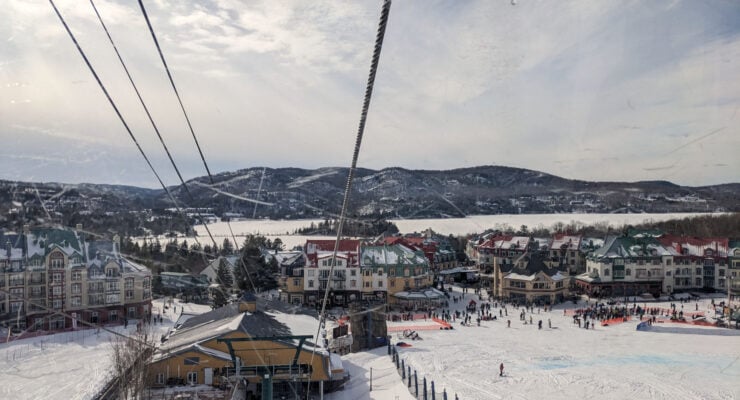Australia in a campervan

For more visa, work and travel info about Australia, check out:
- Applying for a Working Holiday Visa (Subclass 417) To Australia – The Ultimate Step-By-Step Guide with Screenshots
- Finding accommodation in Australia (especially the chapter Vandwelling, or living in your vehicle)
- Fruit Picking Jobs in Australia – What, Where, How (and Why!) (a great way to make money on the road!)
Where to stay and park your campervan
There are plenty of campsites and caravan parks in Australia, some free and some paid. You’ll find a comprehensive list of free options on Australian campsites. You can also splurge on the useful Camps Australia Wide or download their free app. The latest paper version costs around AU$80 but you may be able to find a used or previous version of the guide for cheaper—use the map and the app to update it yourself.
Note that most of the time, you’ll need a permit to camp in the wild, e.g. in a park or a forest. For instance, in Queensland, you have to pay a AU$7.25 fee per person, per night. Most states and territories have similar rules and fees.
A less scenic option would be stopping in rest areas or a roadhouse in remote regions (usually used by truck drivers, fewer tourists around!). Some rest areas offer basic facilities (shower, toilets) and let drivers stay overnight while other prohibit overnight stays.
You can find lists of rest areas, organised by state and region, online; often on the official state websites. Look for descriptions or info about what to expect, such as if they have:
- Water
- Toilets
- Disabled access toilet
- Showers
- Mobile phone service
- Tables
Some rest areas carry charges such as a “camp fee,” but this is fairly rare.
Venturing into cities with a campervan and staying overnight is trickier. Check the bylaws or you could get a heavy fine.
Some cities welcome travellers with blue “RV friendly town” signs.
If you see this sign, it means the town is part of the “RV Friendly Town Program,” an initiative from the Campervans and Motorhomes Club of Australia (CMCA) aimed at ensuring that RV holidaymakers have suitable rest stop facilities and good access to national parks. The essential criteria to get a stamp of approval and be part of the program are:
- Parking in the centre of town must be available for even the largest of motorhomes, with access to produce shops to stock up their RV fridges.
- Low cost, short-term parking needs to be provided for self-contained vehicles, and must be as close to the CBD as it can be.
- Motorhome users must have access to water, and a free dump point.
The CMCA lists cities where backpackers can park their campervan but much of the detailed info is for members only.
Where to get food and supplies
The biggest supermarket chains are Woolworths and Coles. IGA supermarkets are smaller and usually more expensive. Aldi stores are good for discounts, much like in Europe. Small towns always have a small grocery store but expect higher prices and a smaller range of products.
Fast-food chains are ubiquitous—McDonald’s, Hungry Jack’s (that’s “Burger King” in Australian…), Subway, Red Rooster and plenty of pizza restaurant chains.
As explained in Shopping, cooking and eating, you will have to adapt your diet and make smart (and possibly healthy) decisions on the road depending on your budget and food availability. For instance, your diet might be blander and more basic when the weather outside is hot because perishable food goes bad quickly.
Stock up on instant noodles—and pick up imported brands from China, Korea or Japan, they taste better!—it’s a cheap and easy meal eaten all over the world in offices, college dorms and hostels. Tip—upgrade your noodles by adding an egg and some greens (bok choy, spinach, scallions, broccoli, etc.) for a more balanced meal.

















 Français
Français English
English



0 comments
{{like.username}}
Loading...
Load more